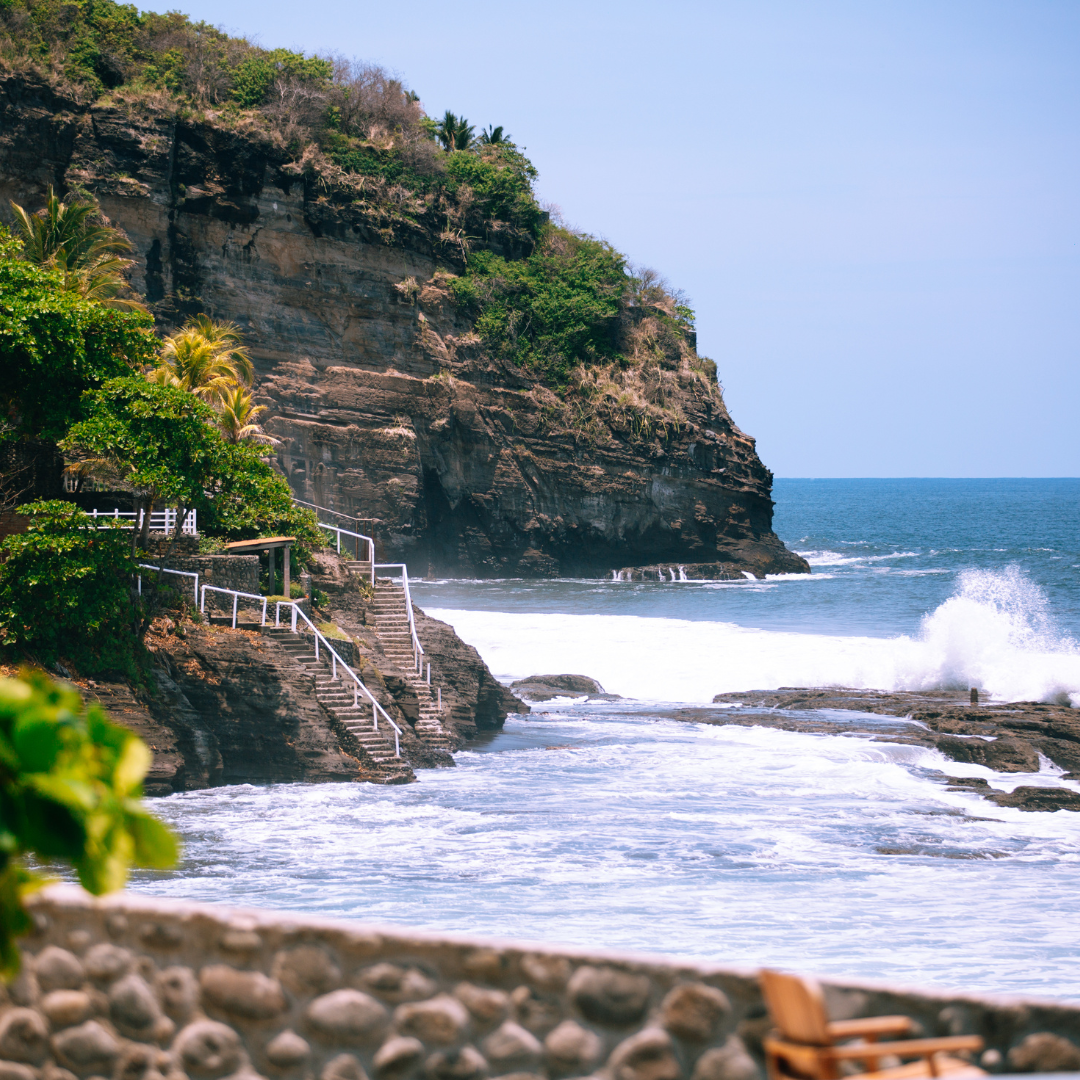El Salvador’s Estuaries: Navigating the Mangroves and Biodiverse Wetlands of the Gulf of Fonseca

El Salvador, despite its relatively small size, harbors some of Central America’s most pristine ecosystems. Among these, the estuaries dotting the Gulf of Fonseca stand out not only for their mesmerizing beauty but also for their ecological significance. These vibrant wetlands, marked by a mesh of intertwining water channels and a green expanse of mangroves, serve as crucial habitats for numerous species and support local communities. Sailing through these waters, one gets a profound sense of the interconnectedness of life and the delicate balance of nature.
Gulf of Fonseca: A Shared Ecosystem
The Gulf of Fonseca, a pacific bay bordered by El Salvador, Honduras, and Nicaragua, is a beacon of regional cooperation and shared ecological heritage. Its diverse landscapes range from sandy beaches to mangrove forests, mudflats, and estuarine islands. These landscapes provide a haven for countless marine species and migratory birds. Moreover, the Gulf’s waters have been a source of sustenance and cultural heritage for centuries, shaping the livelihoods and traditions of the coastal communities of all three nations. This shared ecosystem is a testament to the power of nature to unite different lands under a single ecological canopy.
The Importance of Mangroves: Guardians of the Coast
Often described as the “guardians of the coast,” mangroves play an indispensable role in the Gulf’s ecological dynamics. Their sprawling root systems act as natural barriers against storm surges and coastal erosion, absorbing the impact of high waves and securing sediments. Beyond this protective role, mangroves also contribute significantly to carbon sequestration, helping in the fight against global climate change. They serve as nurseries for numerous fish species, ensuring the productivity and health of the Gulf’s fisheries. These forests, teeming with life, are the heartbeat of the estuarine ecosystem.
Wildlife Wonders: Birds, Fish, and the Elusive Mangrove Manatee
The Gulf of Fonseca’s estuaries are a haven for biodiversity. As you sail through its waters, you’re likely to spot a rich array of bird species, from vibrant kingfishers to soaring ospreys. The waters teem with marine life, including mollusks, crustaceans, and numerous fish species that rely on the mangroves for breeding. However, a real treat for any nature lover is the elusive mangrove manatee, a gentle giant that occasionally graces these waters. Witnessing these creatures in their natural habitat is a surreal experience, reminding visitors of the wonders nature holds.
The Communities of the Gulf: Life by the Estuary
For centuries, the Gulf of Fonseca’s estuaries have supported vibrant communities that rely heavily on the mangroves and waters for their livelihoods. Life by the estuary is dictated by the rhythms of the tides and the seasonal cycles of nature. From fishing and shrimping to gathering mollusks, the communities have developed a deep understanding of the Gulf’s ecosystem. Festivals, folklore, and daily practices are interwoven with tales of the sea and the mangrove forests, highlighting the profound bond between the people and their environment.
Responsible Exploration: Navigating with Care
The Gulf’s estuaries, while breathtakingly beautiful, are also fragile. When navigating these waters, it’s essential to adopt a responsible approach. This means avoiding anchoring in sensitive areas, minimizing disturbances to wildlife, and refraining from littering or introducing pollutants. By using eco-friendly boat materials, adopting silent electric motors, and sticking to designated channels, sailors can ensure that their exploration doesn’t jeopardize the very beauty they’ve come to witness.
Fishing Traditions: A Glimpse into Estuary Livelihoods
Fishing traditions in the Gulf of Fonseca are a captivating blend of age-old techniques and local innovations. Fishermen here have an intimate knowledge of tidal patterns, fish breeding cycles, and the maze-like mangrove channels. Using methods passed down through generations, they employ nets, traps, and even their bare hands to catch their prey. Witnessing these fishermen in action, especially during the early morning hours when the estuaries come alive with activity, offers a profound insight into the harmonious balance between man and nature.
Ecotourism Initiatives: Supporting Local and Sustainable Travel
Recognizing the ecological and cultural significance of the Gulf’s estuaries, there has been a concerted push towards ecotourism in recent years. These initiatives focus on providing visitors with immersive experiences while ensuring minimal environmental impact. Guided tours led by local community members, mangrove reforestation projects, and educational workshops on estuarine ecology are just a few examples. By choosing to support these initiatives, travelers not only enrich their own experiences but also contribute to the preservation and appreciation of this unique ecosystem.
The estuaries of the Gulf of Fonseca are a symphony of life, where the ebb and flow of tides narrate tales of nature’s wonders and human resilience. As we sail through these waters, we are reminded of our responsibility as stewards of the environment. El Salvador’s estuaries beckon not just with their beauty, but with a call to understand, cherish, and preserve. The journey through these mangroves and wetlands is not merely a voyage of discovery but a profound meditation on the interconnectedness of all life.


